Struggle with self
In addition to having trouble connecting with others, individuals with autism also struggle with their sense of self, according to a review published in January in Neurocase.
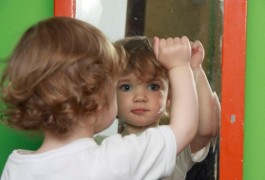
In addition to having trouble connecting with others, individuals with autism also struggle with their sense of self, according to a review published in January in Neurocase.
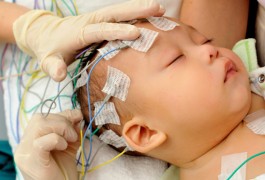
Studies of healthy infants may help identify early risk factors for autism by establishing new developmental milestones.
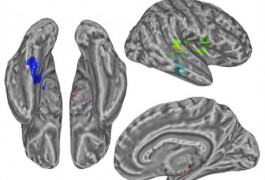
Children with autism show abnormally strong synchrony between deep and outer layers of the brain, according to a study published online 31 December in Biological Psychiatry.
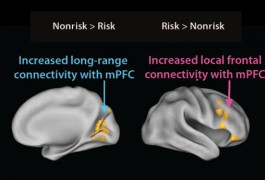
A variant of the autism risk gene CNTNAP2 may alter the brain to emphasize connections between nearby regions and diminish those between more distant ones, according to a study published 3 November in Science Translational Medicine.
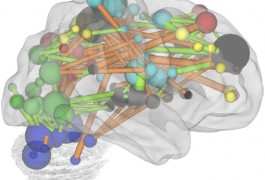
Areas of the brain that are active when people are daydreaming or sleeping, and quiet when they are engaged in a task, are imperfectly synchronized in people with autism and attention deficit hyperactivity disorder, researchers say.
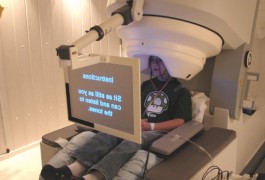
Children with autism have an imbalance of excitation and inhibition in the brain, according to the first study to measure synchrony between brain networks using magnetoencephalography (MEG). The findings were presented Wednesday at the Society for Neuroscience annual meeting in San Diego.
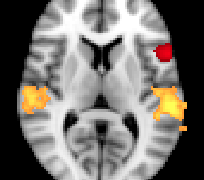
Important language areas in the brain don’t show the expected patterns of connectivity when people with autism listen to speech, suggests a poster presented Monday at the Society for Neuroscience annual meeting in San Diego.

Brain imaging experiments often require the participant to perform tasks while lying inside a brain scanner for up to an hour — not a pleasant experience for anyone, let alone a child with autism. Saturday afternoon at the Society for Neuroscience annual meeting in San Diego, Steve Petersen described ‘resting state’ imaging, in which participants lie in the scanner for just five to ten minutes.
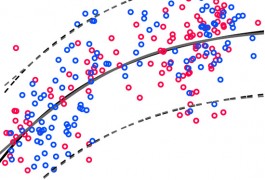
A five-minute brain scan can help diagnose developmental disorders including autism in young children, headlines blared last week. That may be true several years down the line, but I’d say it’s a pretty big exaggeration of the actual findings.